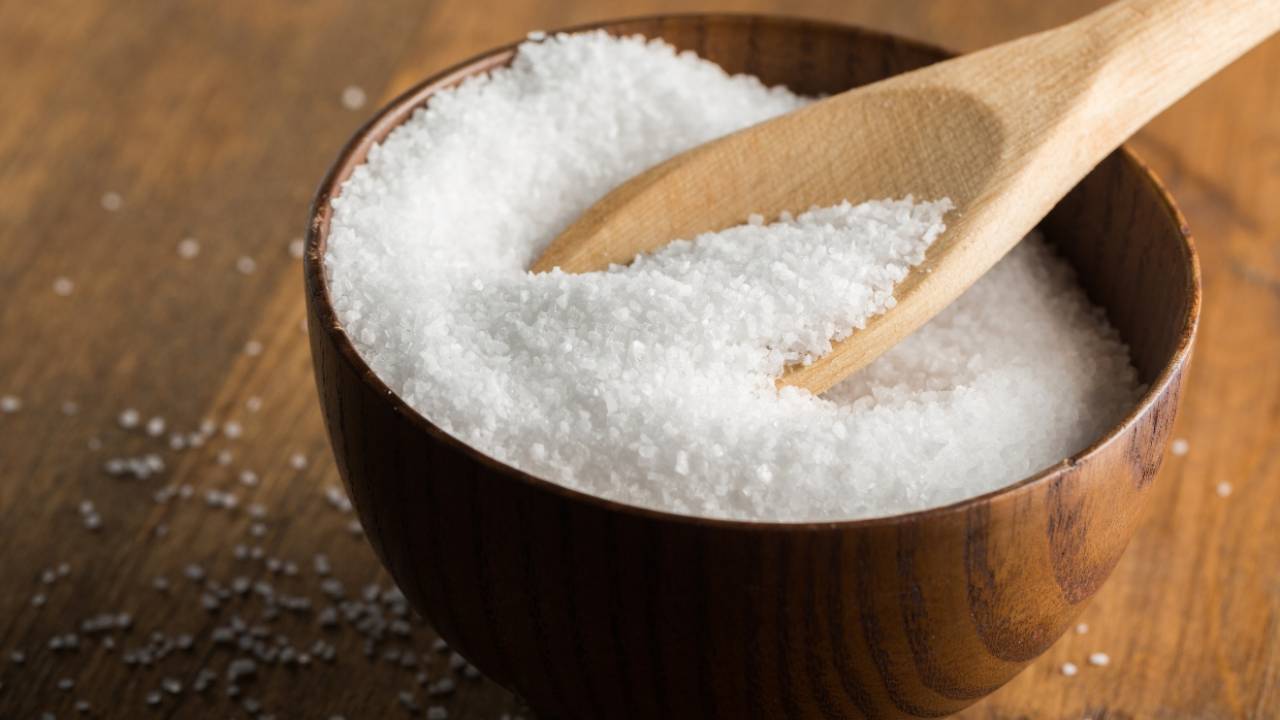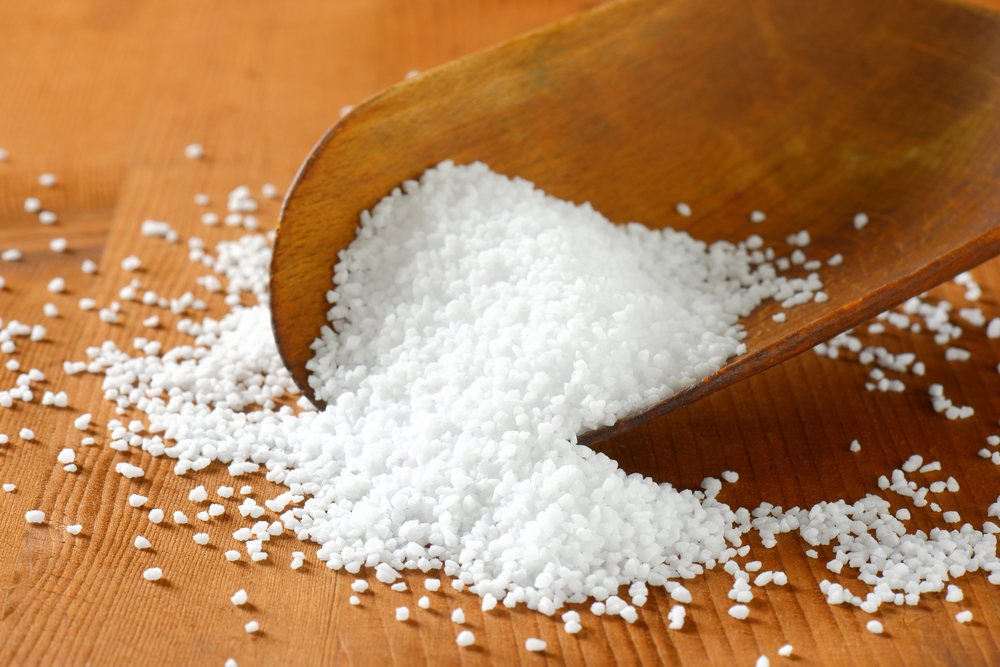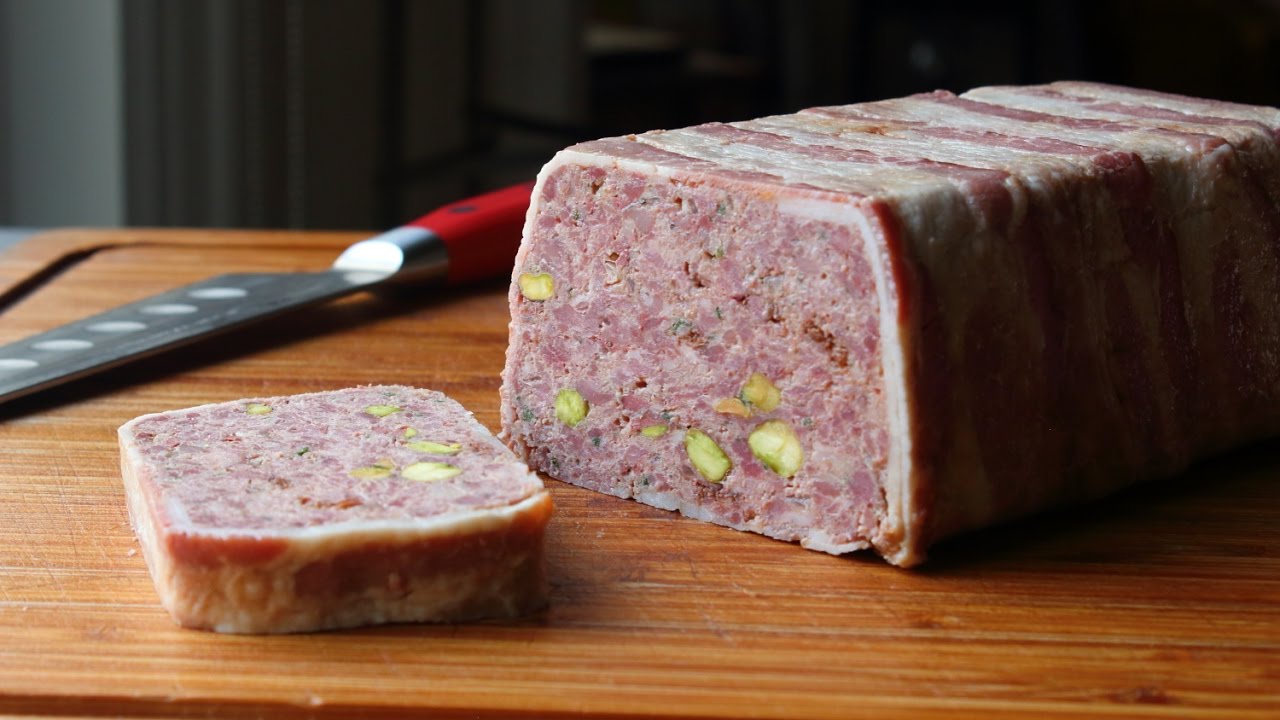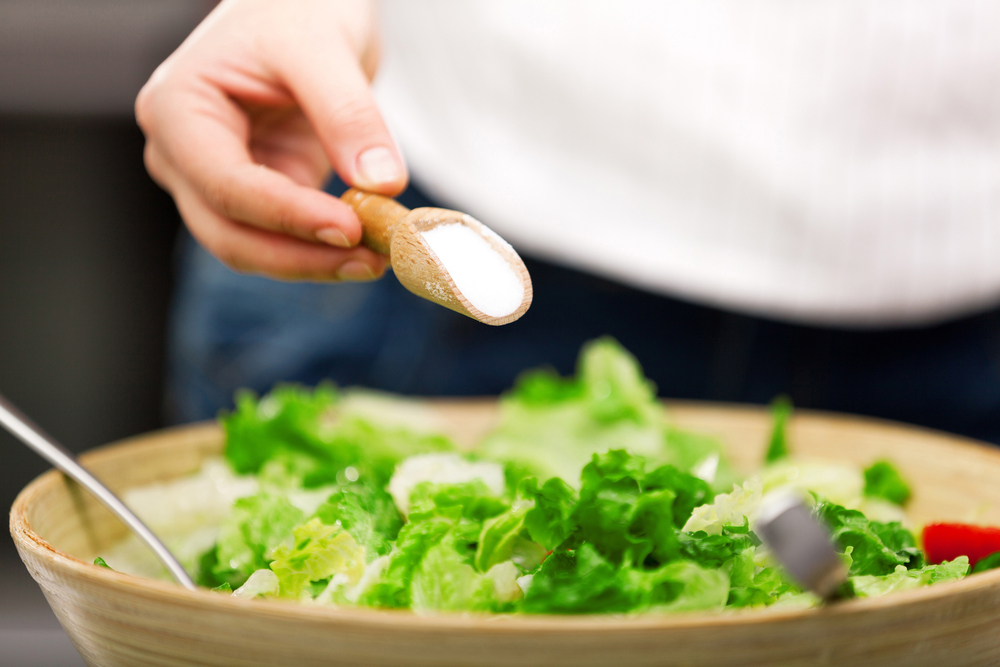"Adding salt to our food is a daily health hazard. Consumed in large doses, salt can cause high blood pressure.
Here are the oft-repeated recommendations in recent years about salt. But is it true? What do the studies say? Are public health bodies still on the same wavelength in terms of recommendations? And what about the opinions of emerging nutritionists? That's what we're going to find out in this new chapter dedicated to sodium!

What is sodium?
Known by the symbol Na in the periodic table of elements, the sodium is one of the mineral salts essential to the body. It is found in large quantities in the body, notably in the interstitial fluid (the fluid around cells) and in the blood. Several hormones control blood levels, including antidiuretic hormone and aldosterone.
What's the difference between sodium and salt?
Salt and sodium are often confused. two distinct elements. In fact, salt as we know it - table salt, for example - is a very important ingredient in our diet. contains sodium. This is called sodium chloride..
For information only, 1g of salt corresponds to approximately 400 mg of sodium, or 40% of sodium. An adult's body contains around 100g of sodium. So, when we talk about sodium intake, we need to take into account the fact that we need to ingest more sodium chloride (i.e. salt) to obtain the desired sodium intake, which is less.
This content is part of the guide Blooness, the guide to the ideal human diet, the summary of which you can find here 🌱🥑
Conversion formula Salt > Sodium and Sodium > Salt
To calculate the approximate salt content, multiply the sodium content by 2.54. To calculate the approximate sodium content, divide the salt content by 2.54.
What exactly is salt?
The scientific name for salt is sodium chloride is an ionic chemical compound with the formula NaCl. More commonly known as table or cooking salt, or simply salt in everyday language.
French-speaking subscribers will receive the newsletter in French, and all others will receive an English version.

Salt is an evaporite rock with the appearance of a crystalline, dry, solid material with a density of 2.2 and a density of Mohs hardness 2 (i.e. low hardness). Salt is friable, highly soluble in water, and has a pungent taste used as a flavor enhancer, more or less refined, used since time immemorial for seasoning, preserving and storing foods.
Etymology of the word "salt
The word salt comes from the Latin sal, meaning "salt, seawater, sea, wit, finesse, piquant joke, elegance, delicacy of taste".
For the record, the word "salary" comes from the word "salt", as in the 1st century, part of soldiers' pay in the Roman Empire was a ration of salt called "salarium".. Back then, salt was used to food preservation, and it was invaluable. Later, this word came to designate the money given... to buy this salt.
Why do I need sodium?
Sodium, if consumed in the right quantities, plays important roles in the body. It ensures transmission of nerve impulses to neurons, in association with the potassium.
Sodium is also involved in muscle contractionin the blood pH regulation as well as the volume of water in the blood and cells.
Finally, sodium regulates ion and water concentrations in different media, thanks to specific transport systems such as the sodium pump.

Where can I find sodium?
Table salt is the main source of sodium. But the salt added by industrial food products provides us with most of the sodium we consume in industrialized countries.. These are mainly cold meats, cheeses, ready-made meals, soups, broths, rusks, savoury tarts, sauces and semi-preserves.
Other foods such as vegetablesFruits, yoghurts, eggs, milk, fish and meats are low in sodium. Some sparkling waters also contain sodium.

Sodium-rich foods
|
Food |
Sodium content (mg/100 g) |
|
Anchovies in oil |
4450 |
| Marinated anchovy |
2230 |
|
Dehydrated vegetable broth |
13200 |
| Caper |
2240 |
|
Corn chips (tortilla) |
970 |
| Feta |
1430 |
|
Dry-cured ham |
2430 |
| Ketchup |
1400 |
|
Mustard |
2360 |
| Boiled cod |
2320 |
|
Semi-preserved lumpfish egg |
973 |
| Country-style pâté |
1190 |
|
Parmesan, mimolette |
1090 à 1100 |
| Roquefort |
1560 |
|
Salt |
39100 |
| Soy sauce |
6260 |
|
Dry sausage |
1980 |
| Smoked salmon |
1440 |
What is the ideal sodium dosage for a "standard" Western diet?
Public health organizations recommend a nutritional intake of salt of 2 g (equivalent to 400 to 800 mg sodium) per day.
In 2000, the French Food Safety Agency (AFSSA) set the maximum daily intake for adults at 8 g salt (or 3,200 mg sodium), in order to prevent high blood pressure and related cardiovascular disease. The World Health Organization (WHO) has set a target of 5 g salt (2,000 mg sodium) maximum for adults.
For women and children, a maximum of 6.5 g of salt (i.e. 2,600 mg of sodium) per day is recommended by AFSSA. During childhood, foods should not be too salty, as this can overload the kidneys.
Conversely, some studies tend to show that a salt intake of less than 3g per day (i.e. 1200mg sodium) could be detrimental to health, particularly in terms of cardiovascular health. Here again, as with other salts mineralsIt's all a question of proportions.

What is the ideal salt and sodium intake for athletes?
Athletes' sodium requirements are much higher than for sedentary people, as sweating can lead to significant salt loss.
A daily intake of 6 to 7 g of salt is recommended, for intense activity (i.e. 2,800 mg sodium). It is also advisable to drink a sodium-rich beverage (1.2 g salt, i.e. 480 mg sodium/L) during repetitive training lasting over 1 hour.
Some doctors also recommend drinking moderate quantities (25 to 35cl) of sparkling water after a sporting event, such as Saint-Yorre, which is rich in sodium and potassium.
How much salt and sodium do you need on a low-carb diet?
Contrary to popular belief, the greater the preference for healthy, unprocessed foods, the greater the consumption of organic foods. fibersvegetables and avoidance of ready-made meals, the more our bodies are exposed to salt deficiency.
This is all the more true in the case of a low-carb diet - on condition that it is compensated for by a rich intake of fatsin fibersand a moderate but tangible contribution from proteins - because the body loses a great deal of fluid, and its sodium and calcium reserves are unbalanced. potassium.
We detail all this in these three chapters devoted to the three essential minerals whose consumption should be increased in ketogenic diet or low / moderate carb :
- The importance of sodium in the ketogenic or LCHF diet
- The importance of potassium in the ketogenic or LCHF diet
- The importance of magnesium in the ketogenic or LCHF diet
When it comes to salt and sodium, the advocates of the ketogenic and LCHF diets recommend a intake of around 3,500mg (for the moderate/low carb diet) to 7,000mg (for the diet ketogenic the strictest) per day. Let respectively 9g to 17g salt (nothing less!) per day.
Salt is therefore one of the allies of ketogenic dieters, and even more so when they are athletes. Salt intake literally explodes, even to the annoyance of salino-skeptics, who believe that salt, consumed in excess, can be dangerous for the cardiovascular system.
Ideally, you should use quality salts, and also mineral water.
What if I'm low on sodium?
Sodium deficiency is rarely observed in the average person, except in the cases described above (athletes and/or low carb).
Prolonged salt deficiency can cause serious damage, particularly in the elderly. If it does occur, such a deficiency is generally marked by a severe dehydration, muscle weakness, loss of appetite, abnormal fatigue and drop in blood pressure. Those at risk are generally athletes and people living in hot climates, who are prone to dehydration.

What are the risks of sodium overdose?
Excessive sodium consumption, with daily intakes exceeding 12 g for a person with a standard diet already rich in salt, can lead to overdosage. In a healthy individual, a massive intake of salt is regulated by an increase in the amount of sodium in the urine. In people suffering from cardiovascular disease - high blood pressure, heart failure - or kidney disease, the consequences of excess sodium are often dramatic: lung edema, hypertension.
So we need to keep a close eye on our salt, and therefore sodium, intake, depending on our chosen diet, state of health and lifestyle.



